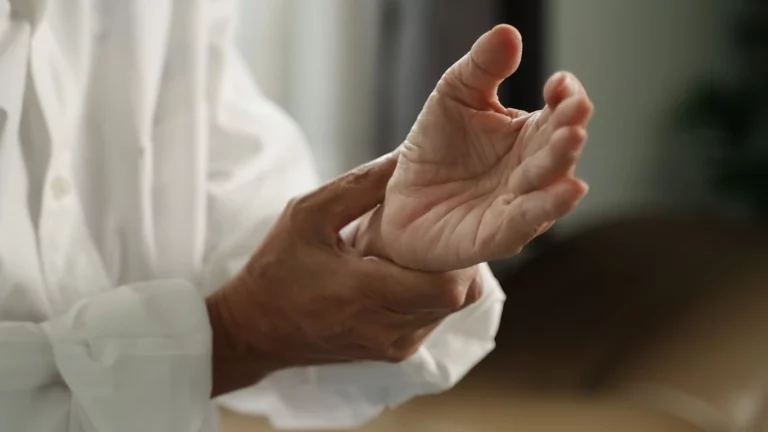Best Natural Anti-Inflammatory Treatments for Rheumatoid Arthritis Relief
Rheumatoid arthritis and natural anti-inflammatory treatments—two things I’ve spent years researching, testing, and applying both in my professional practice and personally. If you’ve been struggling with the relentless joint pain, stiffness, and swelling of RA, you’re probably tired of hearing the same old advice. I get it. The frustration of trying medications that come with side effects, the ups and downs of flares, and the constant search for relief—it’s exhausting. That’s why today, I want to dive deep into natural anti-inflammatory approaches that can truly make a difference in your daily life. Not gimmicks. Not false promises. Just real strategies that have helped my patients (and even me) regain control over their RA symptoms.
What Is Rheumatoid Arthritis? (A Quick Refresher)
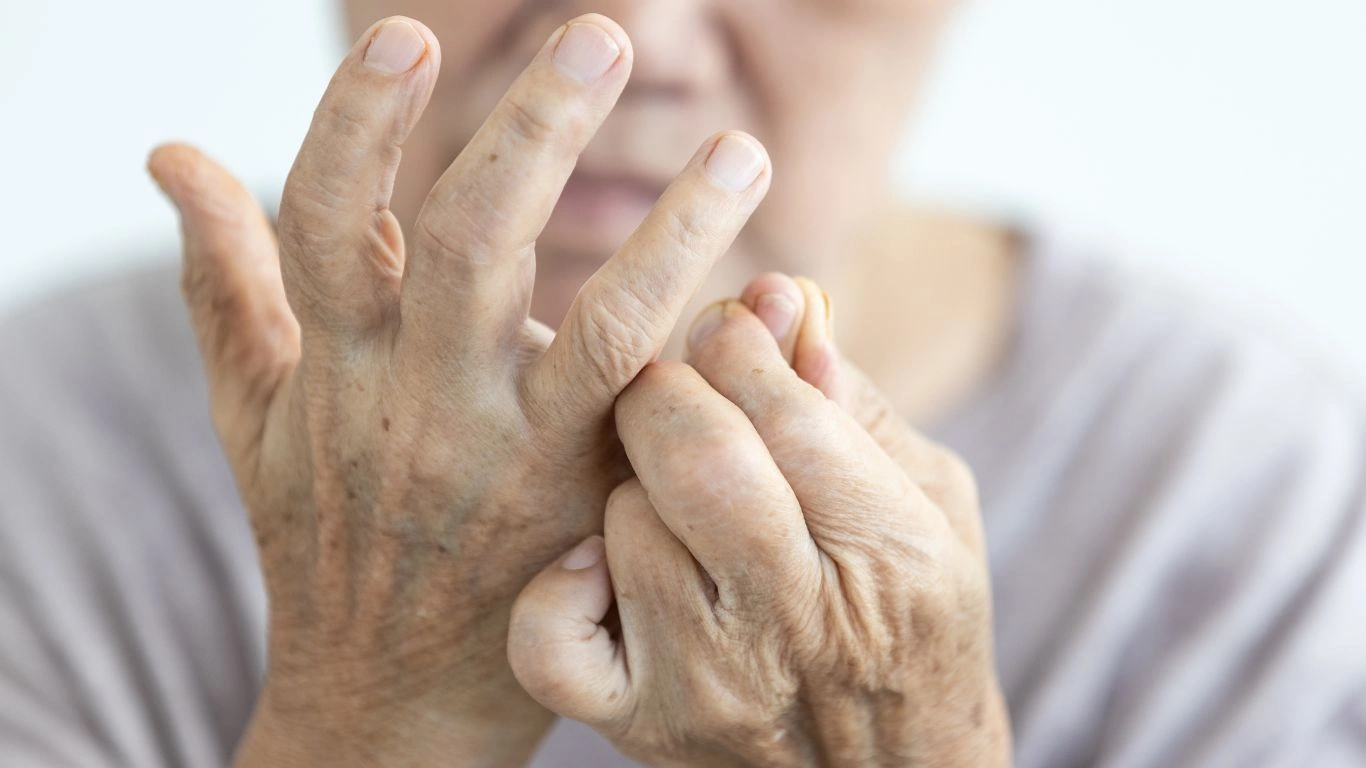
Let’s keep this simple: Rheumatoid arthritis (RA) is an autoimmune disease where your immune system, for some reason, decides to attack your joints. This causes chronic inflammation, leading to pain, swelling, and even joint deformity over time. Unlike osteoarthritis, which results from wear and tear, RA is your body mistaking healthy tissue for an enemy.
Common symptoms include:
- Morning stiffness that lasts more than an hour
- Swollen, tender joints (especially in the hands and feet)
- Fatigue that feels like a never-ending flu
- Flares and remissions—meaning your symptoms may come and go unpredictably
Trust me, I’ve seen patients break down in tears over the frustration of waking up one day feeling okay, only to be barely able to move the next. But there’s good news: inflammation can be managed, and that’s where natural treatments come into play.
How Natural Anti-Inflammatory Treatments Can Help
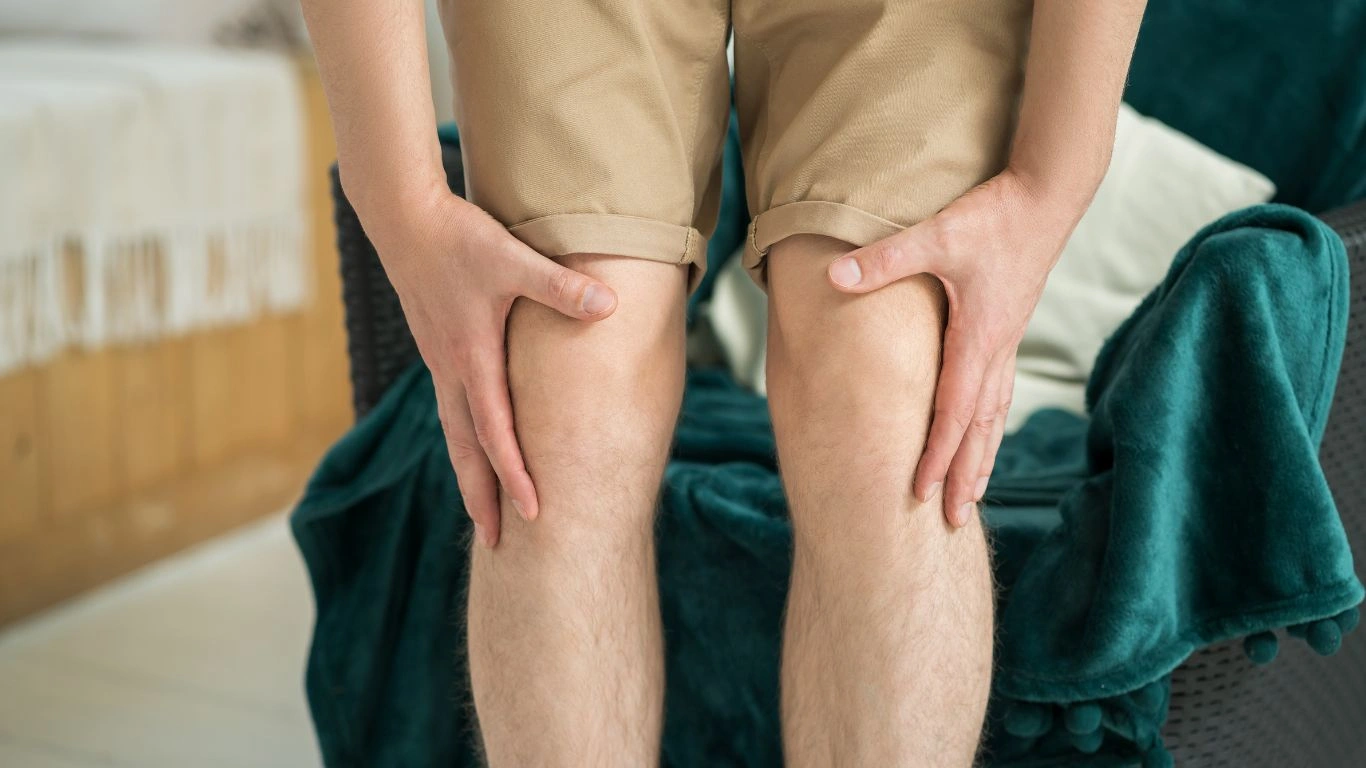
Here’s the thing—while medications like DMARDs and biologics are important in RA management, they’re not the only tools available. I always tell my patients that treating RA is like putting together a puzzle. You need different pieces to create the full picture of relief. And one of the biggest missing pieces I see? Natural anti-inflammatory strategies.
The Science Behind Natural Anti-Inflammation
Inflammation is at the heart of RA. While some inflammation is necessary (your body’s way of healing injuries), chronic inflammation is the enemy. It damages joints, contributes to pain, and worsens fatigue. Thankfully, science has shown that lifestyle and dietary changes can significantly reduce inflammation, often complementing traditional RA treatments.
Think about it this way: If you put out a fire with water but keep pouring gasoline on it, it’s not going to stay out. Many daily habits—processed foods, high stress, poor sleep—act like gasoline on the inflammation fire. The goal? Remove the gasoline, add more water.
Anti-Inflammatory Foods That Actually Work
Nutrition plays a massive role in controlling RA symptoms. I’ve had patients who completely turned their symptoms around just by changing their diet. The right foods can help calm inflammation and support joint health.
Here’s a breakdown of some of the top anti-inflammatory foods I personally swear by:
- Fatty Fish – Salmon, sardines, and mackerel are rich in omega-3 fatty acids, known to fight inflammation.
- Turmeric – Contains curcumin, a compound with powerful anti-inflammatory effects. I recommend pairing it with black pepper for better absorption.
- Ginger – Works similarly to NSAIDs in reducing inflammation.
- Leafy Greens – Spinach, kale, and Swiss chard are packed with antioxidants that help fight oxidative stress.
- Berries – Blueberries, strawberries, and raspberries contain anthocyanins, which help reduce inflammation.
- Extra Virgin Olive Oil – A Mediterranean diet staple, it contains compounds that act like ibuprofen.
One of my favorite anti-inflammatory recipes? A morning smoothie with turmeric, ginger, spinach, and blueberries. It’s like a healing elixir for your joints!
The Worst Foods for RA (Inflammation Triggers to Avoid)
Just as there are foods that fight inflammation, there are plenty that fuel it. Many of my patients were shocked when I told them that some of their favorite snacks were actually making their RA worse.
Here’s what I tell my patients to limit or avoid:
- Processed Sugars – Found in sodas, candy, and pastries, sugar fuels inflammation.
- Refined Carbs – White bread, pasta, and pastries have been linked to increased inflammatory markers.
- Red and Processed Meats – High in saturated fats and linked to higher inflammation levels.
- Fried Foods – Contain trans fats that are highly inflammatory.
- Alcohol – Can increase CRP (C-reactive protein), a marker of inflammation.
Now, does this mean you can never enjoy a slice of pizza or a glass of wine? No! But moderation is key. The goal isn’t perfection—it’s making better choices more often than not.
Supplements That Support Joint Health
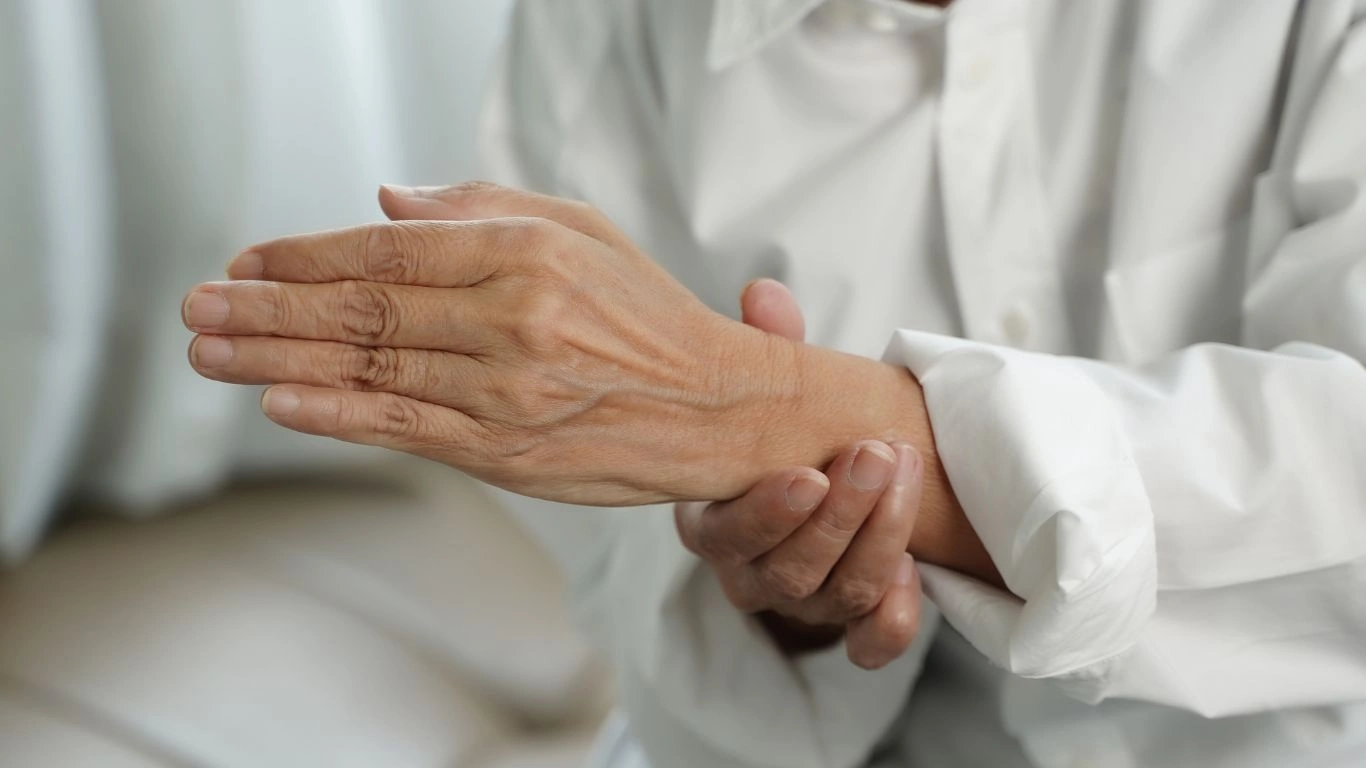
Beyond diet, supplements can play a supportive role in managing RA symptoms. While they’re not magic pills, certain ones have strong anti-inflammatory properties.
The Best Supplements for RA
These are the ones I personally recommend:
- Omega-3 Fish Oil – Reduces joint stiffness and swelling.
- Turmeric (Curcumin) – Works best when taken with black pepper extract.
- Vitamin D – Low levels are linked to increased RA severity.
- Collagen – Supports cartilage and joint flexibility.
I always advise patients to talk to their doctor before adding new supplements, especially if they’re on medications.
Movement Matters: Exercise for RA Relief
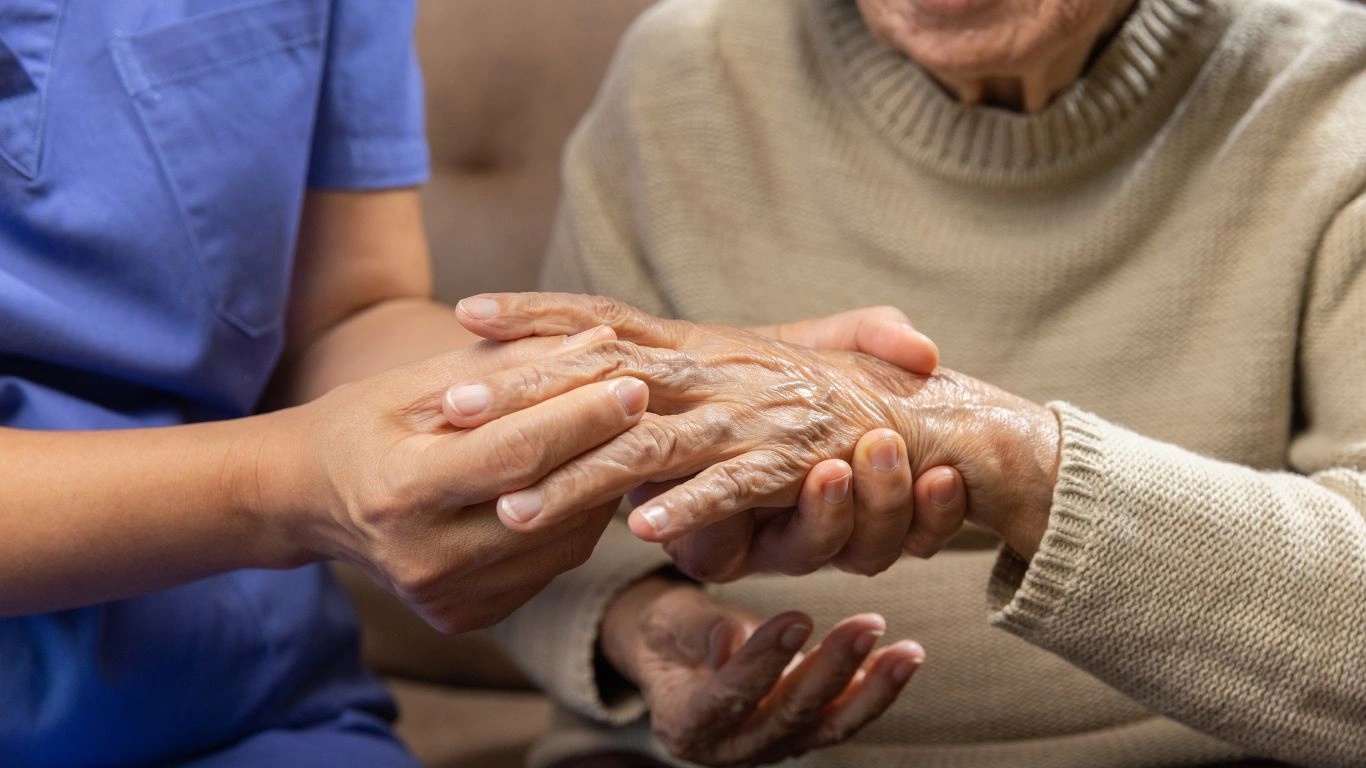
I know what you’re thinking—exercise when my joints feel like they’re on fire? Believe me, I’ve heard it a thousand times. But trust me on this: movement is medicine for rheumatoid arthritis. The trick is knowing what kind of movement actually helps rather than makes things worse.
When RA first hits, the natural instinct is to rest. I’ve had patients tell me, “I just don’t want to move because I’m scared it’ll hurt more.” And while that’s totally understandable, too much rest leads to stiff joints and weaker muscles, which only increases pain in the long run.
Best Types of Exercise for RA
Here’s the good news—RA-friendly exercise doesn’t mean intense workouts that leave you gasping for air. The key is gentle, low-impact movement that keeps your joints mobile and strengthens the muscles around them.
- Swimming & Water Therapy – Water reduces joint strain while allowing you to move freely. I always recommend aqua therapy to patients struggling with pain.
- Yoga & Stretching – Helps improve flexibility and ease stiffness, especially morning stiffness.
- Pilates – Strengthens core muscles, which support your joints and reduce overall stress.
- Walking – A simple, effective way to keep joints moving without too much impact.
- Strength Training – Using light weights or resistance bands builds muscle to protect your joints.
One of my patients once told me, “I never thought I could exercise again, but after starting with just five minutes of stretching, I felt more in control of my body.” That’s the goal—small, sustainable movement that fits your lifestyle.
Exercises to Avoid
Just as there are good exercises, there are a few that can actually worsen RA symptoms. I usually caution against:
- High-impact activities – Running, jumping, or anything that puts too much strain on the joints.
- Heavy weightlifting – If done incorrectly, it can put unnecessary stress on inflamed joints.
- Repetitive motions – Like prolonged typing or knitting without breaks (yes, even hobbies can trigger flares!).
The key is to listen to your body. Some discomfort is okay, but pain is not. If an activity leaves you hurting for days, it’s probably not the right fit.
The Power of Sleep & Stress Management

Did you know that poor sleep and stress can directly trigger inflammation? I see it all the time—patients who are stressed out and sleep-deprived often experience worse RA flares. That’s because your body repairs itself while you sleep, and stress hormones (like cortisol) can fuel inflammation.
Better Sleep Strategies
RA pain can make sleep difficult, but improving sleep quality is one of the most overlooked ways to reduce symptoms. Here’s what works:
- Stick to a routine – Go to bed and wake up at the same time every day.
- Use heat therapy – A warm bath or heated blanket before bed can relax stiff joints.
- Support your joints – Invest in a supportive mattress and pillows designed for RA sufferers.
- Avoid screens before bed – Blue light disrupts melatonin, your body’s natural sleep hormone.
One of my go-to recommendations is gentle nighttime stretching. Just five minutes of easy movements before bed can make a huge difference.
Managing Stress for RA Control
We can’t eliminate stress entirely, but we can control how we respond to it. My best tips for keeping stress levels in check:
- Meditation & Deep Breathing – Just five minutes a day can reduce cortisol and lower inflammation.
- Journaling – Writing out frustrations helps release emotional stress.
- Connecting with Others – Join RA support groups (online or in person) to share experiences.
- Spending Time in Nature – Fresh air and sunlight have scientifically proven mood-boosting effects.
I once had a patient who swore that her flares were worse during tax season. Turns out, chronic stress was a major inflammation trigger for her. After adding just 10 minutes of mindfulness to her daily routine, she noticed fewer flare-ups.
Alternative & Complementary Therapies
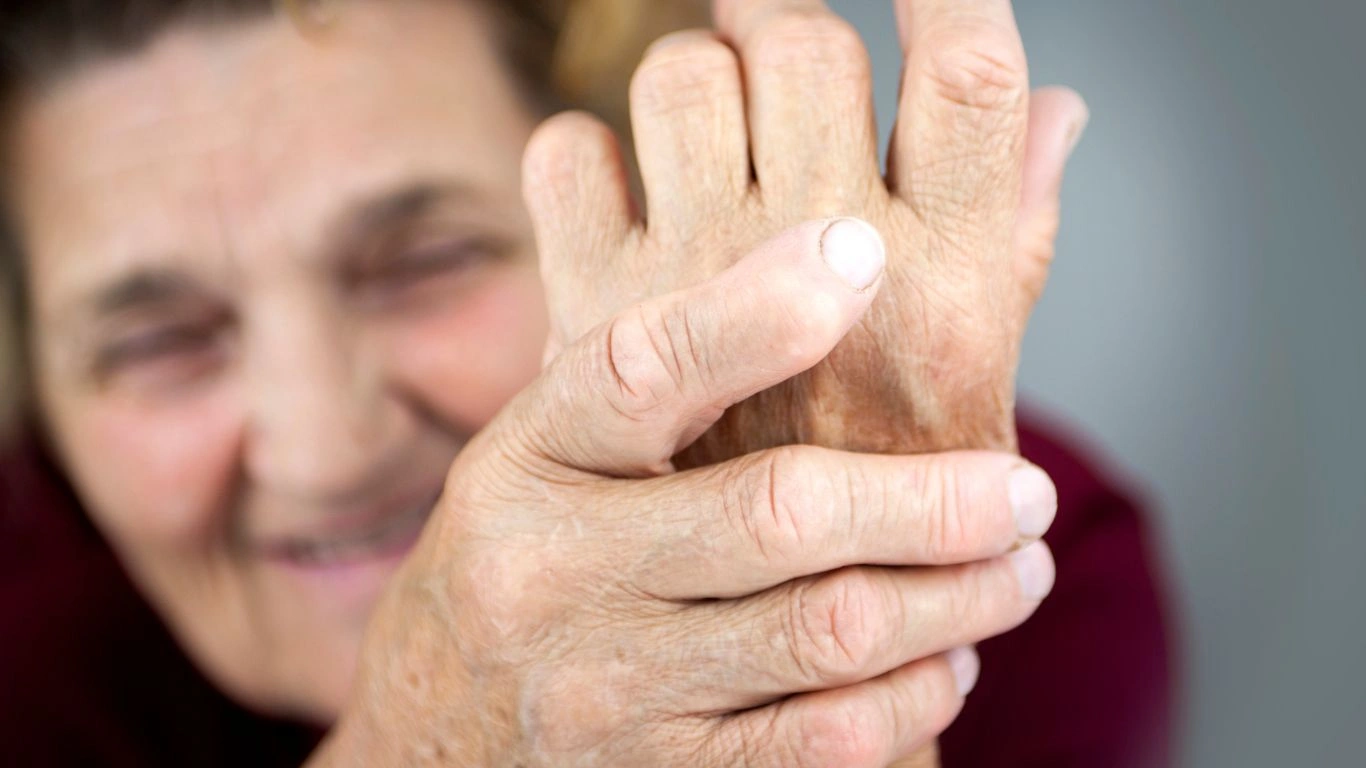
Beyond diet, exercise, and stress management, there are plenty of alternative therapies that can provide additional relief. Some might seem unconventional, but I’ve seen firsthand how effective they can be.
Acupuncture for RA
Acupuncture has been used for centuries to reduce pain and inflammation. While some are skeptical, research suggests that acupuncture can stimulate the body’s natural painkillers and improve circulation.
Massage Therapy
A good massage isn’t just relaxing—it can help reduce muscle tension and improve joint mobility. I recommend looking for a massage therapist who specializes in RA or chronic pain.
Essential Oils for Joint Pain
Some essential oils have natural anti-inflammatory properties. My favorites:
- Lavender – Great for relaxation and reducing stress-related flares.
- Ginger – Has warming properties that help relieve stiffness.
- Peppermint – Can provide a cooling sensation for inflamed joints.
Pro tip: Mix a few drops with a carrier oil and massage it into sore joints for relief.
Chiropractic Care & Physical Therapy
While chiropractic care isn’t for everyone, some RA patients find relief through gentle spinal adjustments that improve mobility. Physical therapy, on the other hand, can provide targeted exercises to strengthen muscles around affected joints.
One of my long-time patients told me, “I never thought a physical therapist could help with arthritis, but after a few months of guided exercises, I felt stronger than I had in years.” The key is finding the right approach for your body.
So, whether it’s acupuncture, massage, or essential oils, it’s worth exploring what works for you. RA management isn’t one-size-fits-all—it’s about finding the right combination of treatments that keep your symptoms under control.
Home Remedies & Lifestyle Hacks for RA Relief
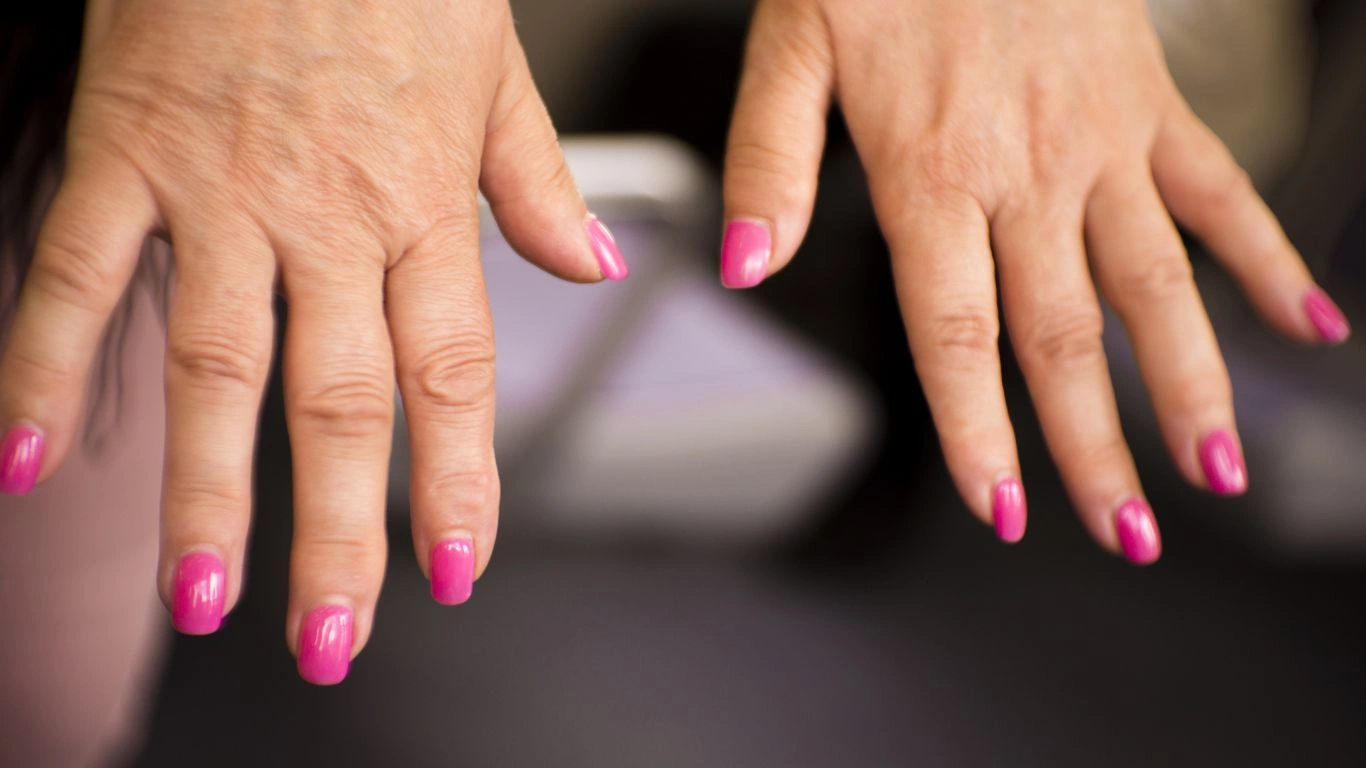
One thing I’ve learned over the years—sometimes, it’s the small daily habits that make the biggest difference in managing rheumatoid arthritis. Beyond diet, exercise, and stress management, there are plenty of simple home remedies that can help keep inflammation in check and make daily life easier.
Heat vs. Cold Therapy: Knowing What Works When
If you’ve ever woken up with aching joints and wondered whether to grab a heating pad or an ice pack, you’re not alone. I get this question all the time! Here’s the basic rule of thumb:
- Heat Therapy – Great for stiffness and muscle relaxation. Use a heating pad, warm towel, or even a soak in a warm bath.
- Cold Therapy – Best for reducing swelling and numbing pain. Ice packs can be a lifesaver during flares.
Personally, I keep both handy. A warm compress first thing in the morning helps with stiffness, and an ice pack in the evening cools down inflamed joints after a long day.
Adjusting Your Environment to Reduce Joint Strain
One of my patients once told me, “It’s not the big things, but the little daily tasks—like opening jars or holding my phone—that drive me crazy.” I couldn’t agree more! Making small changes to your environment can take a lot of strain off your joints.
Here are some game-changing arthritis-friendly tools I swear by:
- Ergonomic kitchen gadgets – Electric can openers, easy-grip utensils, and jar openers make cooking way easier.
- Adaptive clothing – Shoes with Velcro closures and zipper pulls can make dressing less painful.
- Voice-activated devices – Smart home assistants like Alexa or Google Home can save you from excessive typing and button-pressing.
- Compression gloves – They help reduce swelling and keep hands warm.
Avoiding unnecessary strain on your joints is key to preserving mobility and reducing pain.
Medical Treatments & When to See a Rheumatologist

As much as I love natural anti-inflammatory treatments, I always emphasize this: RA is a serious autoimmune disease. While natural approaches can help, they are not a replacement for proper medical treatment. If you’re experiencing persistent pain, swelling, or joint deformity, it’s time to see a rheumatologist.
Common Medical Treatments for RA
Depending on the severity of your RA, your doctor may recommend:
- DMARDs (Disease-Modifying Antirheumatic Drugs) – Help slow disease progression.
- Biologic Therapies – Target specific parts of the immune system to reduce inflammation.
- NSAIDs (Non-Steroidal Anti-Inflammatory Drugs) – Help manage pain and swelling.
- Corticosteroids – Used for short-term flare-up relief.
Finding the right treatment plan is a personal journey. Some people respond well to conventional medications alone, while others find that combining medication with natural treatments offers the best results.
Signs You Need a New Treatment Plan
It might be time to talk to your doctor if:
- Your symptoms aren’t improving despite treatment.
- You’re experiencing new joint deformities.
- Your pain is interfering with daily activities.
- You’re experiencing medication side effects that are hard to tolerate.
Rheumatoid arthritis is not a one-size-fits-all condition. If something isn’t working, speak up! A good rheumatologist will work with you to adjust your treatment plan as needed.
Final Thoughts: Taking Control of Your RA Journey
Living with RA isn’t easy, but here’s what I tell every patient: you have more control than you think. It’s not just about the medications or the supplements—it’s about finding the right balance of treatments, lifestyle changes, and mindset shifts that work for you.
If you’re just starting your journey with RA, my best advice is this:
- Don’t be afraid to experiment – What works for one person might not work for another.
- Be patient – Healing and relief take time.
- Listen to your body – It will tell you what it needs.
- Find a supportive community – You don’t have to do this alone.
RA doesn’t define you. You define how you live with it. And with the right tools, strategies, and mindset, you can still live a full, active, and meaningful life.
References
Disclaimer
This article is for informational purposes only and should not be considered medical advice. Always consult a qualified healthcare provider before making any changes to your RA treatment plan.

Tarra Nugroho is a dedicated Nurse Practitioner with a strong foundation in family and preventive care. She brings both compassion and clinical expertise to her practice, focusing on patient-centered care and health education. As a contributor to Healthusias.com, Tarra translates medical knowledge into clear, empowering articles on topics like women’s health, chronic disease management, and lifestyle medicine. Her mission is simple: help people feel seen, heard, and informed—both in the clinic and through the content she creates. When she’s not caring for patients, Tarra enjoys weekend hikes, plant-based cooking, and curling up with a good health podcast.
